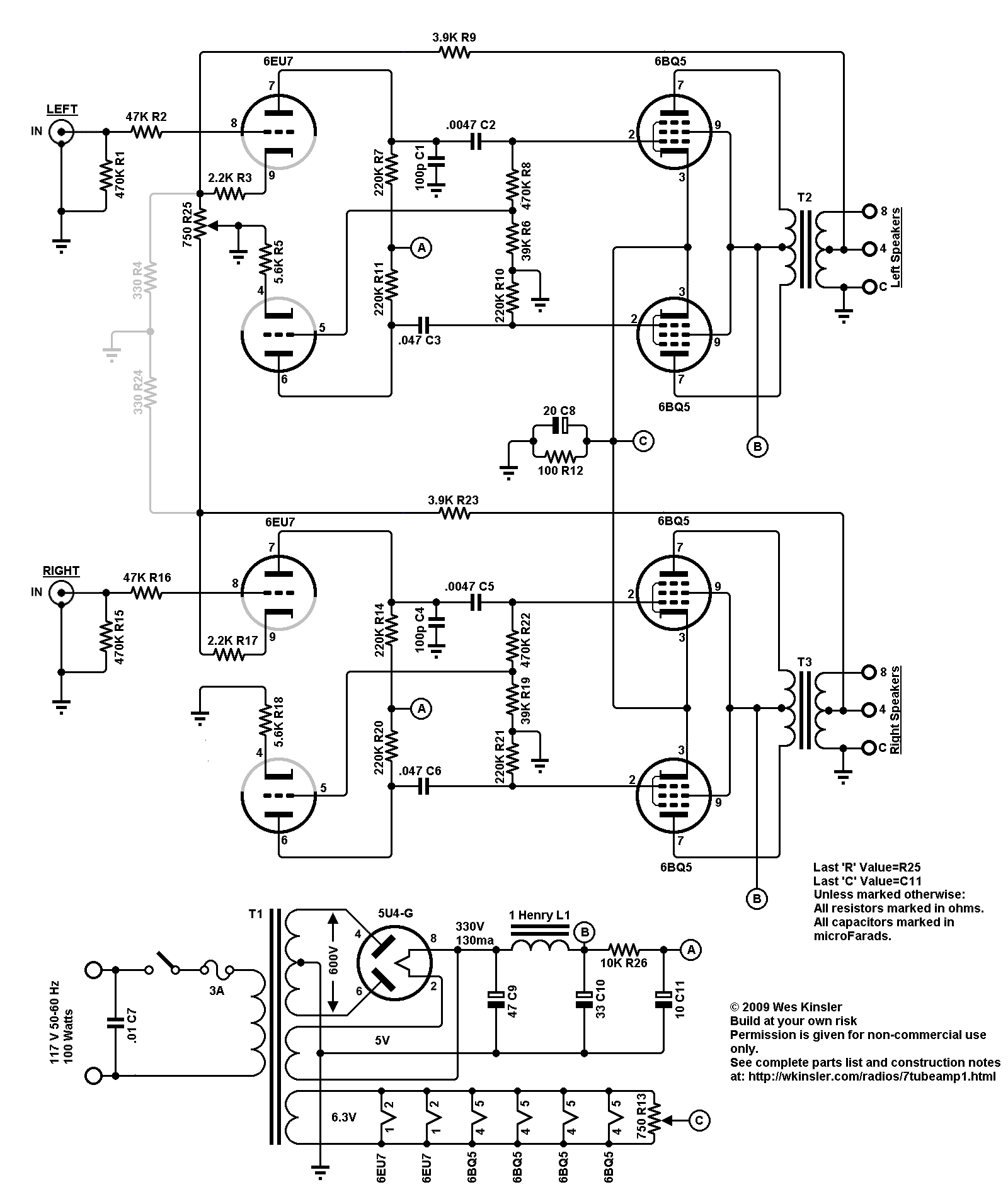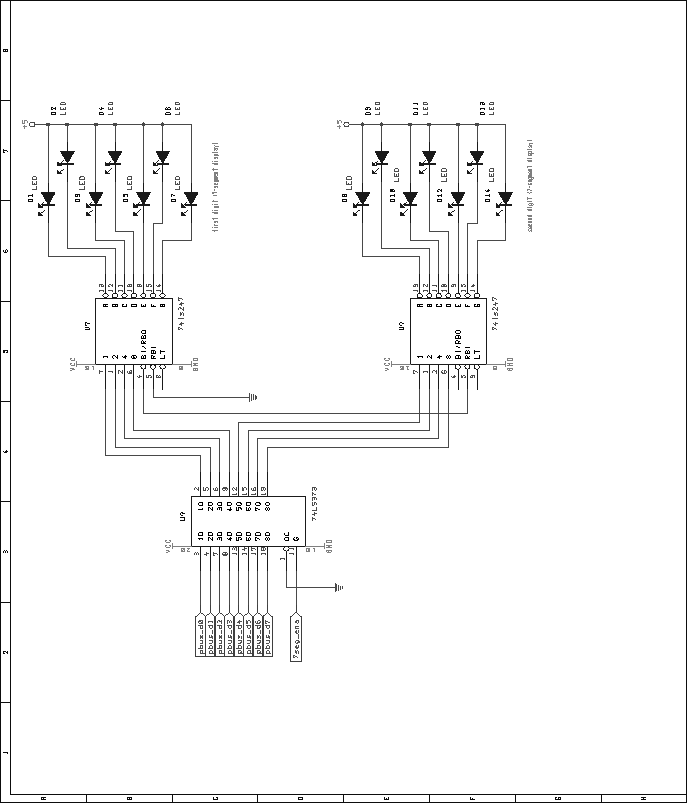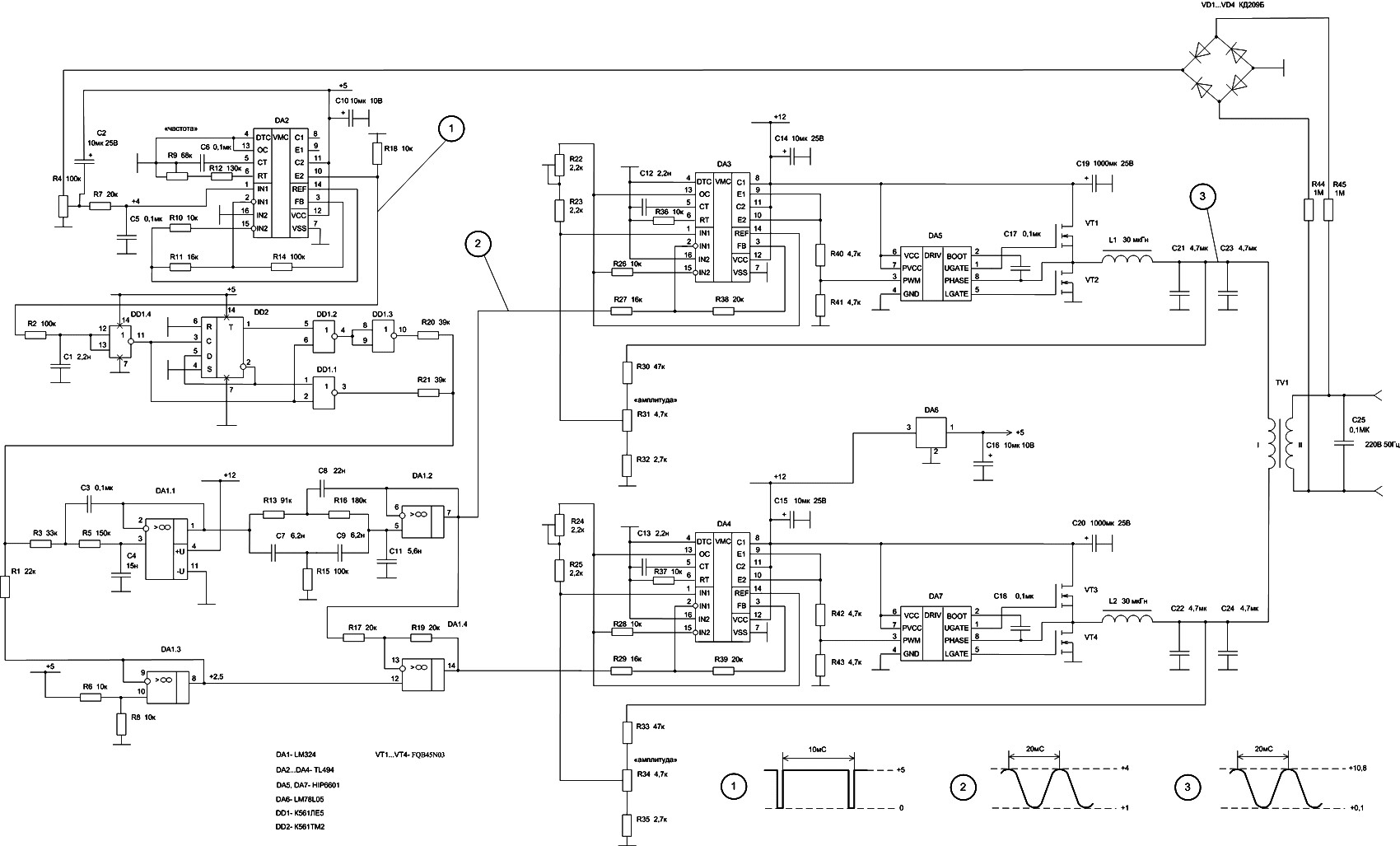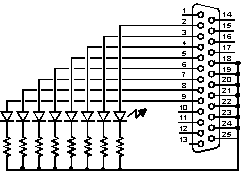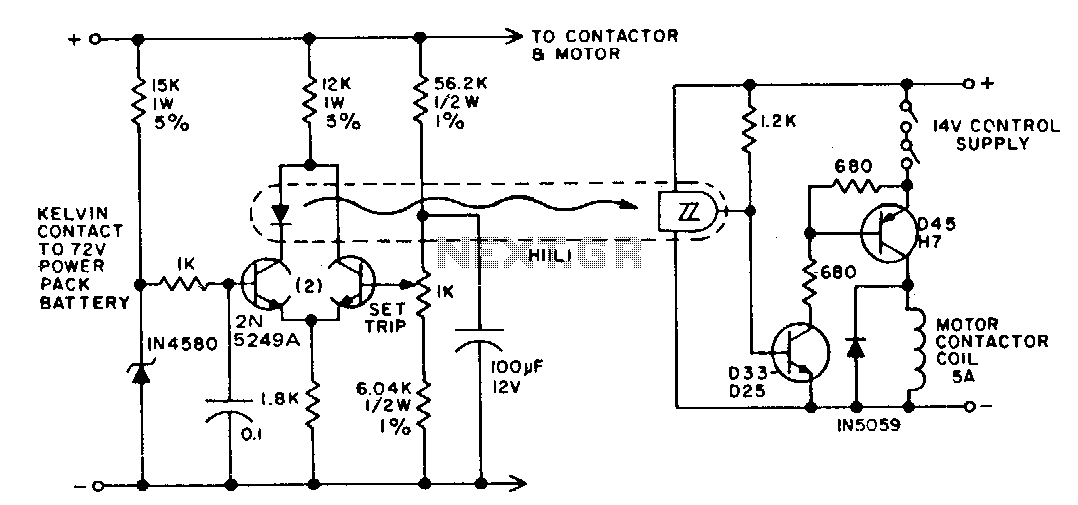
electric output stator
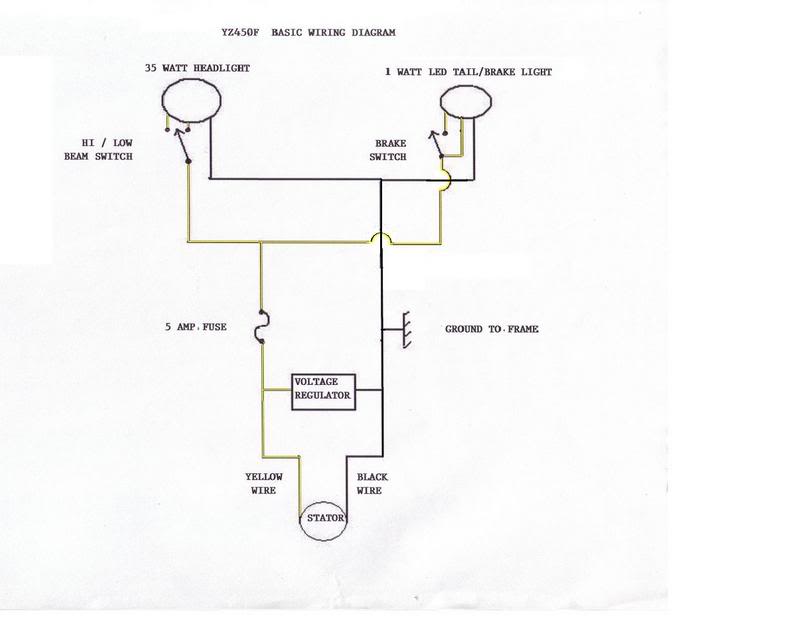
The stator output is alternating current (AC), while a battery operates on direct current (DC). To convert the AC output to DC, a rectifier is necessary, which may result in a loss of 10-15 watts. Although a battery can help mitigate some of this wattage loss, it will continue to deplete, as there is insufficient wattage generated during operation to recharge it. Therefore, maintaining an AC system is preferable to maximize available wattage. The horn is a self-contained unit powered by a 9V battery, and turn signals will be operated from a small AA battery pack located in the airbox. The stator output is AC and requires a rectifier for conversion to DC. The nature of alternating current involves the reversal of polarity as magnets pass over the coils, resulting in a voltage waveform that peaks positively, falls to zero, dips negatively, and returns to positive. When connected to a battery, the current reverses, necessitating a rectifier to ensure unidirectional voltage. A half-wave rectifier, which consists of a single diode, allows current to pass in one direction while blocking the negative cycle, effectively discarding half of the generated current and incurring additional losses. A full-wave rectifier, while more complex, is more efficient as it utilizes both halves of the waveform by flipping the negative cycle, resulting in less energy loss. It is important to note that the yellow and black wires from the stator are intended for lighting output from an aftermarket or rewound stator, not from the stock wiring loom. A rewound or aftermarket stator is required for proper functionality. A lighting stator was purchased from Moose, which arrived in Australia within a week. The setup includes an 04 YZ450F bike with a 07 WR headlight and an LED tail/brake light, providing adequate illumination, especially while riding. A lighting stator wiring loom and regulator were also acquired.
The electrical system described involves the integration of an aftermarket stator, which is essential for providing sufficient power for lighting and accessories. The conversion of AC to DC is critical for compatibility with battery-operated components. The rectifier choice significantly impacts the efficiency of the system. A half-wave rectifier is simpler but results in substantial energy loss, while a full-wave rectifier, although more intricate, offers better performance by utilizing both halves of the AC waveform and reducing waste.
In practical applications, the wiring configuration must be carefully implemented, ensuring that the yellow and black wires are correctly connected to the appropriate components. The use of LEDs for lighting is advantageous due to their lower power consumption and higher efficiency compared to traditional incandescent bulbs. The integration of a dedicated lighting stator allows for improved brightness and reliability of the lighting system, especially under varying operating conditions.
The setup's performance, particularly when using aftermarket components, can significantly enhance the overall functionality of the electrical system. Proper attention to the specifications and installation of the rectifier, stator, and associated wiring is essential to maximize power output and ensure the longevity of the components involved.The stator output is AC, a battery is DC. You will have to add a rectifier to change the output to DC, and this will use up avaiable watts. I have been told you could lose 10-15 watts by using a rectifier. (I`m not THAT much of an electronics wizz, so I`m not sure on that point - just what I was told) A battery will offset some ofthe watage loss, but it`s a losing proposition - the battery will continue to drain and run out - there`s not enough watts to charge it as you ride. I`m keeping my system AC to have as much watts as possible. My horn is a self contained unit with a 9v battery, and I`ll run turn signals (led) from a small AA batter pack in my airbox The stator output is AC, a battery is DC.
You will have to add a rectifier to change the output to DC, and this will use up avaiable watts. I have been told you could lose 10-15 watts by using a rectifier. (I`m not THAT much of an electronics wizz, so I`m not sure on that point - just what I was told) Alternating current is called that because the current reverses polarity as the magnets pass over the coils. The voltage is then shown as a wave with a peak positive voltage, falling to zero, then dipping to the same voltage negative, then back to positive again.
Hook this up to a battery and for every amp you put in, you take it right back out again when the poles reverse. So, you need a rectifier to make all the voltage go the same way. The simple way is the half wave rectifier, which need be nothing more than a single diode. This will simply cut off the voltage with the wrong polarity and let the rest through, but in so doing, you discard half of the current the magneto produces, and you loose a small amount more in ordinary losses.
Full wave rectifiers are a little more complicated, but not at all impractical. It passes the right way voltage, then "flips over" the wrong way voltage, and far less is lost. Note: The yellow and black wires that are shown coming from the stator are the lighting output wires from an aftermarket or re-wired stator - they are NOT a part of the stock wiring loom coming from the stock stator. In other words, you have to have a rewound or aftermarket stator for this, you CANNOT tap into the wires from the stock setup and expect it to work.
I purchased a lighting stator from Moose through TT about a month ago and it took about a week to arrive in Australia. My bike is an 04 YZ450F but just wanted to let you guys know that they do work pretty well. I am running an 07 WR headlight and an LED tail/brake light and it does the job. On idle it shines alright but once you are riding along it sends out a pretty good beam. Enough to get you out of the $hit if it was dark. I just bought the lighting stator wiring loom and regulator. 🔗 External reference
The electrical system described involves the integration of an aftermarket stator, which is essential for providing sufficient power for lighting and accessories. The conversion of AC to DC is critical for compatibility with battery-operated components. The rectifier choice significantly impacts the efficiency of the system. A half-wave rectifier is simpler but results in substantial energy loss, while a full-wave rectifier, although more intricate, offers better performance by utilizing both halves of the AC waveform and reducing waste.
In practical applications, the wiring configuration must be carefully implemented, ensuring that the yellow and black wires are correctly connected to the appropriate components. The use of LEDs for lighting is advantageous due to their lower power consumption and higher efficiency compared to traditional incandescent bulbs. The integration of a dedicated lighting stator allows for improved brightness and reliability of the lighting system, especially under varying operating conditions.
The setup's performance, particularly when using aftermarket components, can significantly enhance the overall functionality of the electrical system. Proper attention to the specifications and installation of the rectifier, stator, and associated wiring is essential to maximize power output and ensure the longevity of the components involved.The stator output is AC, a battery is DC. You will have to add a rectifier to change the output to DC, and this will use up avaiable watts. I have been told you could lose 10-15 watts by using a rectifier. (I`m not THAT much of an electronics wizz, so I`m not sure on that point - just what I was told) A battery will offset some ofthe watage loss, but it`s a losing proposition - the battery will continue to drain and run out - there`s not enough watts to charge it as you ride. I`m keeping my system AC to have as much watts as possible. My horn is a self contained unit with a 9v battery, and I`ll run turn signals (led) from a small AA batter pack in my airbox The stator output is AC, a battery is DC.
You will have to add a rectifier to change the output to DC, and this will use up avaiable watts. I have been told you could lose 10-15 watts by using a rectifier. (I`m not THAT much of an electronics wizz, so I`m not sure on that point - just what I was told) Alternating current is called that because the current reverses polarity as the magnets pass over the coils. The voltage is then shown as a wave with a peak positive voltage, falling to zero, then dipping to the same voltage negative, then back to positive again.
Hook this up to a battery and for every amp you put in, you take it right back out again when the poles reverse. So, you need a rectifier to make all the voltage go the same way. The simple way is the half wave rectifier, which need be nothing more than a single diode. This will simply cut off the voltage with the wrong polarity and let the rest through, but in so doing, you discard half of the current the magneto produces, and you loose a small amount more in ordinary losses.
Full wave rectifiers are a little more complicated, but not at all impractical. It passes the right way voltage, then "flips over" the wrong way voltage, and far less is lost. Note: The yellow and black wires that are shown coming from the stator are the lighting output wires from an aftermarket or re-wired stator - they are NOT a part of the stock wiring loom coming from the stock stator. In other words, you have to have a rewound or aftermarket stator for this, you CANNOT tap into the wires from the stock setup and expect it to work.
I purchased a lighting stator from Moose through TT about a month ago and it took about a week to arrive in Australia. My bike is an 04 YZ450F but just wanted to let you guys know that they do work pretty well. I am running an 07 WR headlight and an LED tail/brake light and it does the job. On idle it shines alright but once you are riding along it sends out a pretty good beam. Enough to get you out of the $hit if it was dark. I just bought the lighting stator wiring loom and regulator. 🔗 External reference
